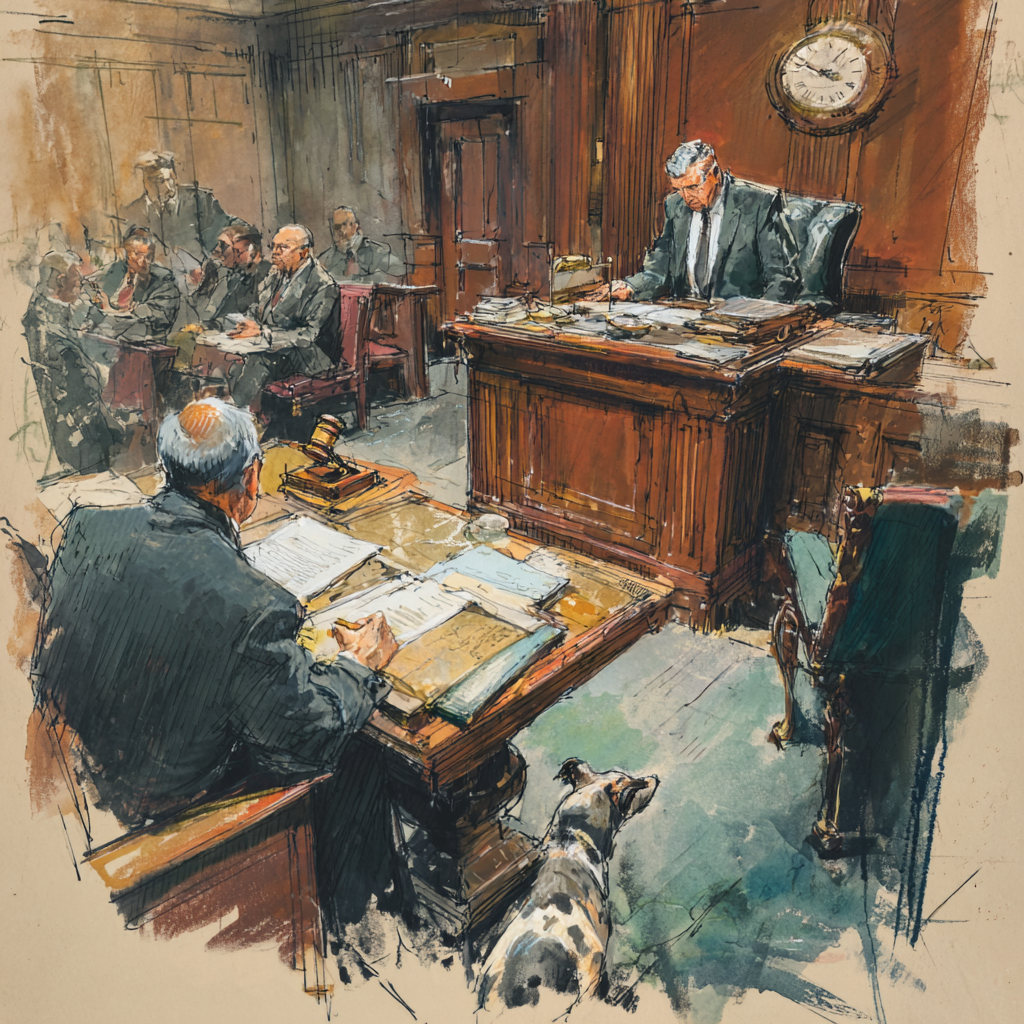Ortho-Med Surgical Supply, Inc. v American Tr. Ins. Co., 2012 NY Slip Op 22119 (App. Term 2d Dept. 2012)
The “so-ordered” stipulation functioned as a conditional order of preclusion, which became absolute upon defendant’s failure to timely and sufficiently comply therewith (see Panagiotou v Samaritan Vil., Inc., 66 AD3d 979 [2009]; Blumenthal Chiropractic, P.C. v Praetorian Ins., 34 Misc 3d 135[A], 2011 NY Slip Op 52386[U] [App Term, 2d, 11th & 13th Jud Dists 2011]; Colonia Med., P.C. v Liberty Mut. Fire Ins. Co., 34 Misc 3d 127[A], 2011 NY Slip Op 52283[U] [App Term, 2d, 11th & 13th Jud Dists 2011]). Nevertheless, plaintiff moved for a final order of preclusion. Although it was unnecessary for plaintiff to make such further application to the court, in doing so, plaintiff authorized the court to revisit the issue of preclusion and to consider defendant’s opposition thereto.
“A defendant’s preclusion from introducing evidence at trial does not automatically entitle a plaintiff to summary judgment or relieve the plaintiff of the burden of proving its case (see Mendoza v Highpoint Associates, IX, LLC, 83 AD3d 1 [2011]). In the instant case, plaintiff’s moving papers failed to establish a prima facie entitlement to summary judgment (see CPLR 4518; Insurance Law § 5106 [a]; Westchester Med. Ctr. v Nationwide Mut. Ins. Co., 78 AD3d 1168 [2010]; Ave T MPC Corp. v Auto One Ins. Co., 32 Misc 3d 128[A], 2011 NY Slip Op 51292[U] [App Term, 2d, 11th & 13th Jud Dists 2011]; Dan Med., P.C. v New York Cent. Mut. Ins. Co., 14 Misc 3d 44 [App Term, 2d & 11th Jud Dists 2006]). Accordingly, the Civil Court properly denied the branch of plaintiff’s motion seeking summary judgment.”
“On appeal, defendant argues that it was not precluded from offering evidence in support of its cross motion for summary judgment because the so-ordered stipulation barred it only from offering evidence “at trial.” However, to allow defendant to use evidence in support of its cross motion which it is barred from introducing at trial “would perversely undermine the point of the order by allowing defendant to benefit from the short cut of summary judgment by use of the same evidence that otherwise would have been barred at trial”
Perhaps three observations can be divined from this case. First, there is no need to formally move for a final order of preclusion. Thus, it would be acceptable for the party who precluded his or her adversary to file a Note of Issue (Notice of Trial) with certificate of readiness and not worry about falsely responding in the affirmative to the statement: “All discovery is complete”.
Second, we already knew that the preclusion to offer evidence at trial carried over to summary judgment.
Third, what did Plaintiff need to show on motion to win?









